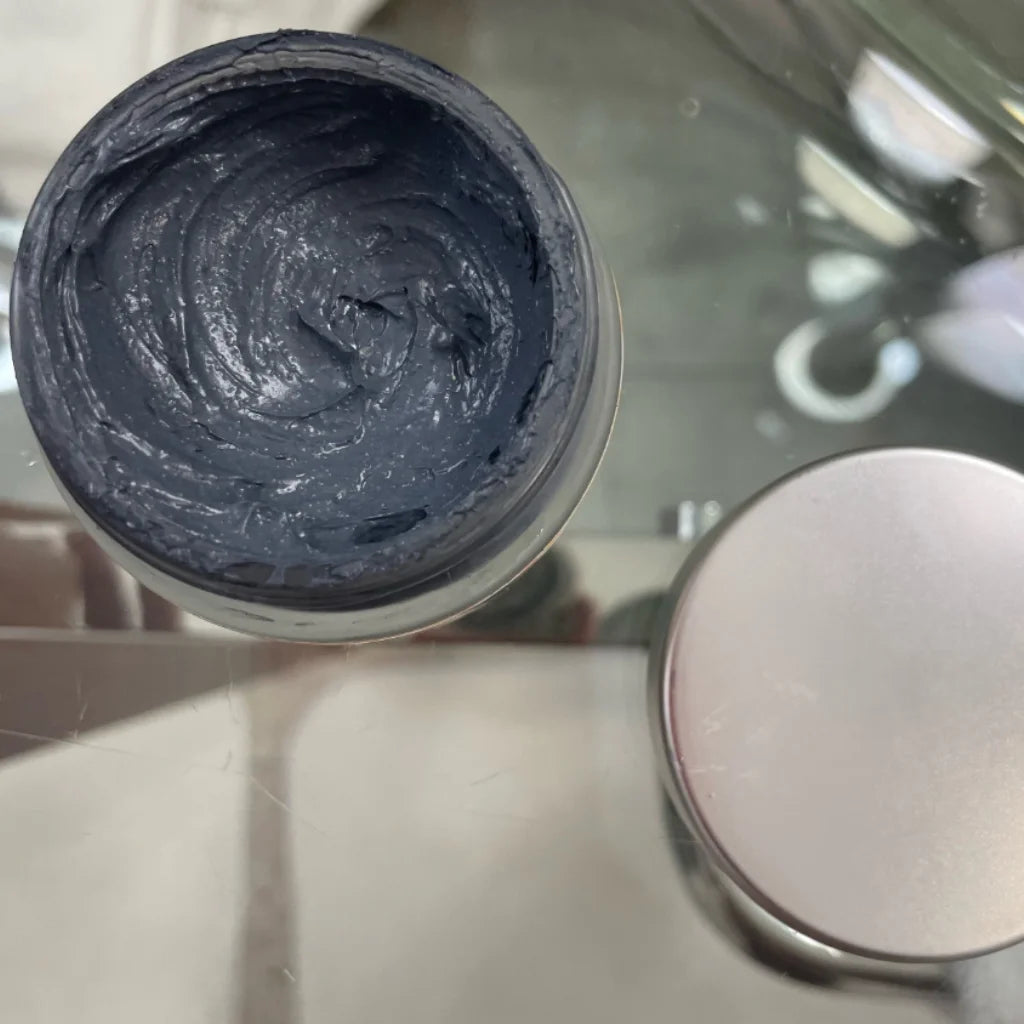
What is Melasma? Diagnosis, Causes, Treatments & Should You Seek A Dermatologist

Melasma, often recognized by its distinctive brown or gray facial patches, is a prevalent dermatological concern, especially prevalent among women with darker skin tones. A condition deeply intertwined with hormonal fluctuations, sun exposure, and certain medications, melasma presents both aesthetic and emotional challenges for those affected. In this comprehensive overview, we will delve into its diagnosis, potential triggers, available treatments, and the vital role of board-certified dermatologists in managing this persistent skin condition.
What is Melasma?
Melasma is a common skin condition that causes brown or gray patches to appear on the face, especially in women with darker skin tones. According to the American Academy of Dermatology Association, melasma is most common in women. Melasma often begins during pregnancy.
How is Melasma Diagnosed?
Melasma is diagnosed by a dermatologist visually inspecting the skin, and sometimes with the aid of a Wood's light to assess the depth of pigment in the skin, in addition to asking about the patient's medical history.
What is the Cause of Melasma?
According to the Cleveland Clinic, the causes of melasma include:
- Antiseizure medications
- Contraceptive therapy (birth control)
- Estrogen/Diethylstilbestrol
- Genetics
- Hypothyroidism
- LED Screens
- Pregnancy
- Hormones
- Makeup (cosmetics)
- Phototoxic drugs (medicines that make you sensitive to sunlight)
- Skincare products
- Soaps
- Tanning beds
Is There a Cure for Melasma?
There is currently no cure for melasma. However, there are a number of treatments that can help to lighten the patches and make them less noticeable. These treatments include:
- Sun protection
- Topical medications, such as hydroquinone, tretinoin, and azelaic acid
- Chemical peels
- Laser and light treatments
The best treatment for melasma will vary depending on the individual and the severity of their condition. It is important to work with a dermatologist to develop a treatment plan that is right for you.
Is Melasma a Type of Cancer?
No, melasma is not a type of cancer. It is a benign (non-cancerous) condition that affects the skin. Melasma is caused by an increase in melanin production in the skin. Melanin is the pigment that gives skin its color.
While melasma is not cancerous, it can be unsightly and can cause emotional distress for some people. If you have melasma, it is important to talk to your dermatologist about treatment options.
Here are some additional things to keep in mind about melasma:
- Melasma is more common in women than in men.
- Melasma is also more common in people with darker skin tones.
- Melasma can be triggered by sun exposure, pregnancy, and hormonal changes.
- Melasma is not contagious.
Have more questions? See your dermatologist for a personalized skin evaluation.
How Can a Board-Certified Dermatologist Help With Melasma?
A board-certified dermatologist can provide expert diagnosis and treatment for melasma. They can help you understand the condition and its causes, and they can develop a personalized treatment plan that is right for you. This may include a combination of treatments, such as:
Sun Protection
Sun protection is the most important treatment for melasma, as it can help prevent the patches from getting darker and new patches from forming. Sunscreen with an SPF of 30 or higher or a broad spectrum sunblock should be applied to the face and all exposed skin daily, even on cloudy days. Wearing a hat and avoidance of chronic sun exposure is recommended.
Chemical Peels
Chemical peels can help to exfoliate the skin and fade the appearance of melasma. There are different types of chemical peels, and the best type for melasma will depend on the severity of the condition and the patient's skin type.
Laser and Light Treatments
Laser and light treatments can also be used to treat melasma. These treatments work by targeting the melanin-producing cells in the skin.
Seeking Professional Guidance
Melasma is a chronic condition, but it can be managed with treatment. Consulting with your dermatologist to elucidate the cause is helpful. The outlook for people with melasma is generally good, but it is important to note that the patches may come and go over time. There is no cure. The length of time it takes for treatment to work varies depending on the individual and the severity of their melasma. Some people may see results within a few weeks, while others may take several months with various treatments. Melasma may not completely go away, but treatment can help to lighten the patches and make them less noticeable. New treatments are being researched and combination/compound treatments (natural and prescription) can be prescribed by your dermatologist to help maintain results. Most important is sun protection to prevent worsening and spread of dark patches of melasma.
Stella M. Bulengo, MD, FAAD, FASDP
Board-certified in Dermatology & Dermatopathology
Founder RE-JUV® SKIN MD
References
https://www.aad.org/public/diseases/a-z/melasma-overview
https://my.clevelandclinic.org/health/diseases/21454-melasma
Photo credit: NAMYNOT Inc.












